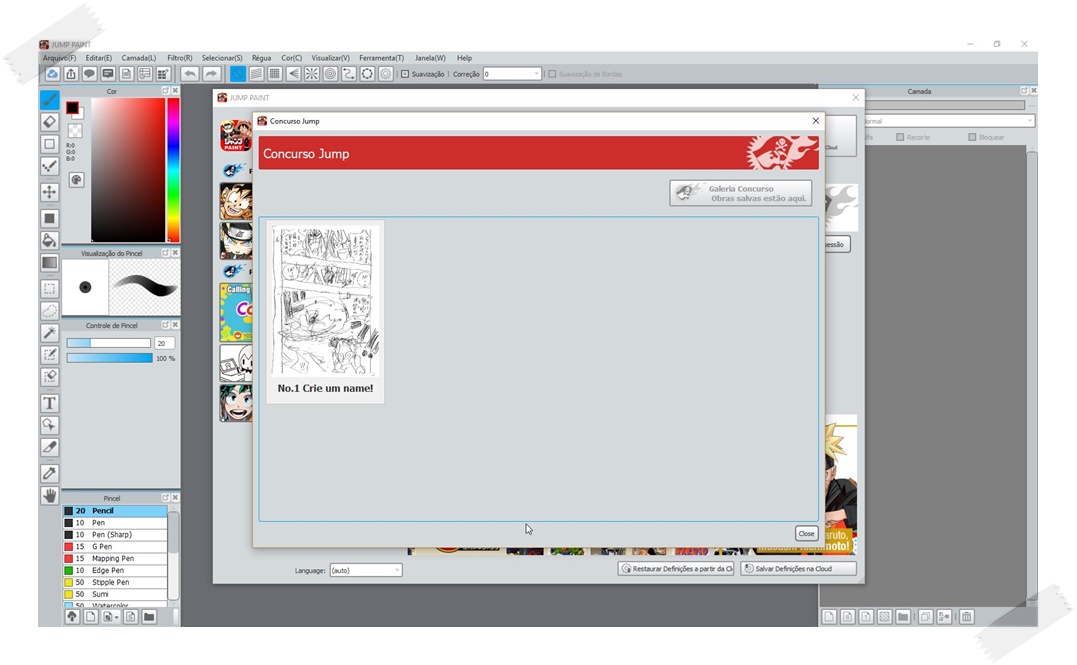
Mix up a few of your most prominent colours so they’re ready to go. (Tip: I make a simple viewfinder to help me frame my compositions.)

Watercolour paint is available in dried pan sets and in tubes. This makes watercolour painting a popular choice for beginners. Unlike acrylic or oil paint, once dry, it can be re-wet or re-worked (at the mercy of your paper), and it’s easy to clean up with just soap and water. Watercolour paint is made up of pigment and a water soluble binder (like honey, ox gall, or tree sap). I use a combination of both synthetic and natural brushes. Natural hair brushes are more expensive, but they’re softer and hold more water. Synthetic brushes like these Heinz Jordan Series 970 brushes are an excellent value. I like to work with a size 4 or 6 round watercolour brush and a 0.5-inch flat brush. The world of watercolour brushes is vast but let’s keep it simple. As with all art supplies, quality and price can vary dramatically, but I recommend starting with 140-pound, cold-pressed paper like this Fabriano Studio Watercolour pad. The effect is that your paper will remain relatively flat and won’t pill or tear as water and brush strokes are applied. It also contains additives called “sizing” that help the paper absorb water in a uniform way. It's made of stronger fibres and is heavier in weight.

Watercolour paper is made differently than sketching or printer paper. Here’s what you’ll need to get started: Watercolour paper Let’s go through a few of the basic steps and have a look at some supplies you’ll need to get started. In this installment of our Pocket Guide series, we present an easy introduction to watercolour painting for beginners. Watercolour painting may seem intimidating at first, but it doesn’t need to be.


 0 kommentar(er)
0 kommentar(er)
